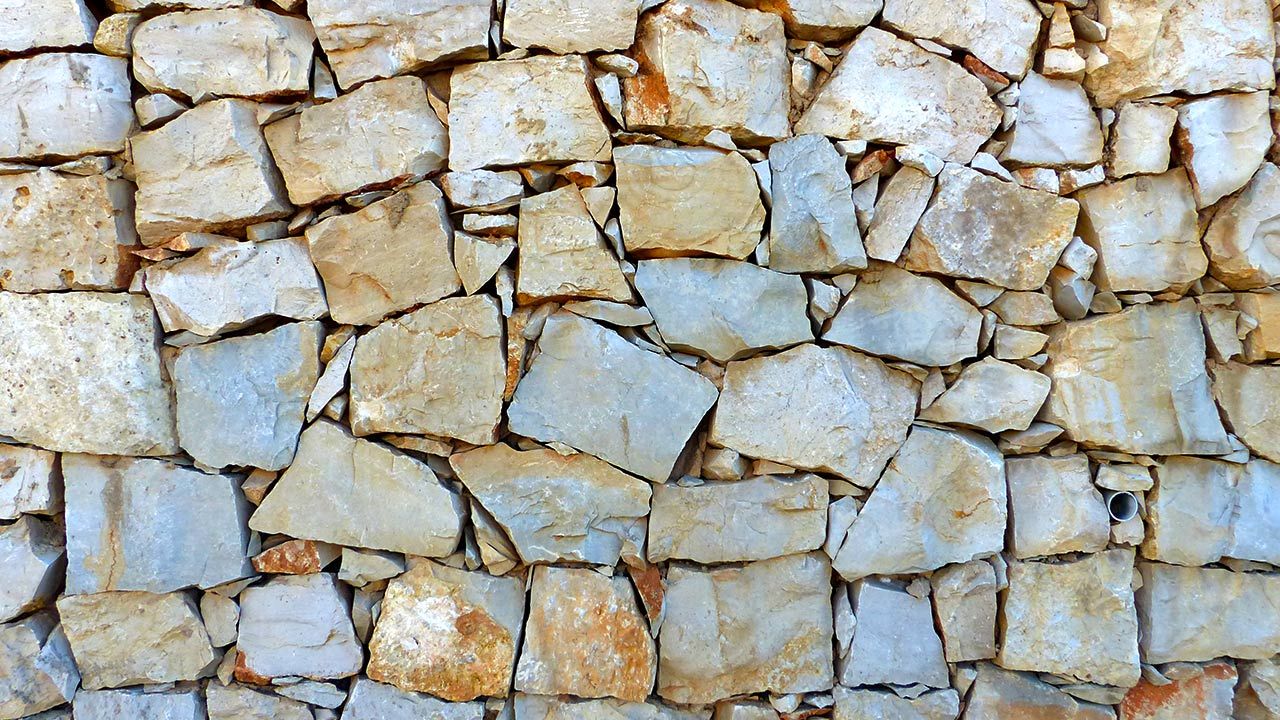Open for students and professionals of Civil, Structural and Earthquake Engineering. Send us an email to request the full assignment sheet via this link.
Past and current research:
2016 – 2017: Raffaele Cambiasso, University of Bologna in Italy
After the 2005 Kashmir earthquake in Pakistan it was observed that several traditional techniques resisted the heavy earthquake quite well; and Bhatar is one of them. The walls are made from dry-stacked rubble stone masonry, which are held together by horizontal wooden bands at several levels.
The technique resembles traditional practice in Nepal and the lack of cement mortar in the walls could become a massive cost-saving factor in the current reconstruction effort. Wood on the other hand is scarce in Nepal and therefore the lacing solution with horizontal bands may need a different approach.
Several great Bhatar manuals have been prepared by Tom Schacher after the Kashmir earthquake. Part of this research is to validate and to complement the existing knowledge. Our partner in this challenge is a Swiss aid Organization named Kam for Sud, who aims to build earthquake resistant schools and houses with this technique.
Special attention will be addressed to the size and shape of the stones, and how they must be put on the wall to avoid sliding of rows. And special attention must be given to the wooden connections, as well as possibility to replace these with concrete bands. Overall an interesting research on a technique that has lots of potential!
Besides the main investigation of Bhatar from Pakistan, we will also look at similar techniques that are built in different regions of the Himalayas, such as India, Nepal and Bhutan. These include traditional wood-laced stone techniques such as Taq, Koti Banal and Kath Kuni.


